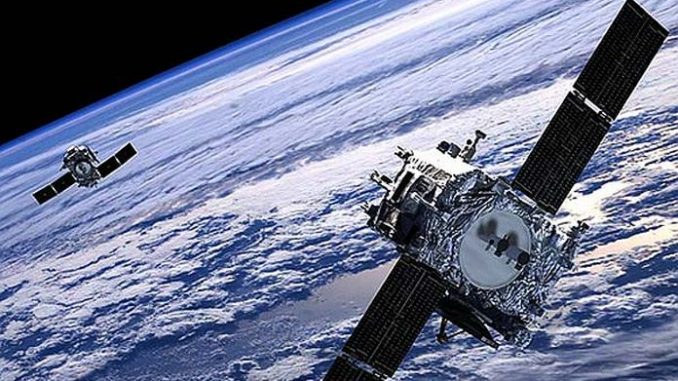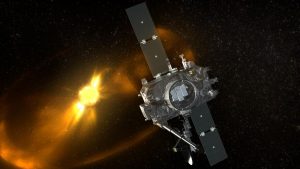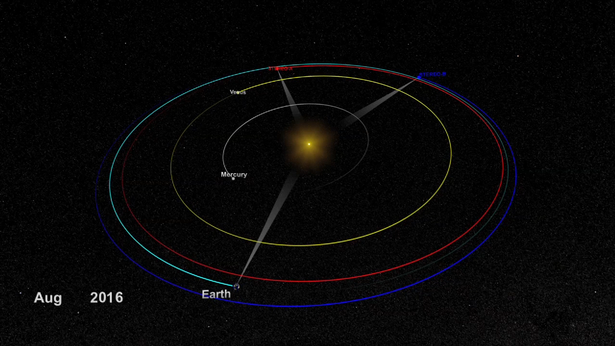
NASA has found the lost STEREO-B spacecraft after searching the confines of space looking for its signal.
The STEREO-B satellite fell silent two years ago as part of a joint STEREO mission with another satellite to monitor the sun.
NASA scientists made contact with the lost spacecraft over the weekend and are now hoping to gain full control of it.

BYPASS THE CENSORS
Sign up to get unfiltered news delivered straight to your inbox.
You can unsubscribe any time. By subscribing you agree to our Terms of Use
Latest Video
 Extreme Tech reports:
Extreme Tech reports:
The STEREO satellites are more properly known as Solar Terrestrial Relations Observatories. They were launched into orbit around the sun in 2006 with the aim of providing full 360-degree observation of our friendly neighborhood star. The two satellites were maneuvered into orbits on the other side of the sun from Earth. With Earth-based observatories and the STEREO satellites together, astronomers could see the entire surface of the sun. The satellites reach optimal position in 2011 (exactly 180-degrees apart), allowing them to image the entire surface of the sun unaided.
The trouble with STEREO-B started in late 2014. NASA realized that due to the nature of the satellite’s orbit, it would undergo a “solar conjunction” with Earth. That meant the probe would be on the opposite side of the sun and out of contact with NASA for about three months. It was supposed to have failsafes in place that would reset the system after 72 hours with no contact. The STEREO team decided to test that functionality on both satellites. STEREO-A came back online as expected, but STEREO-B disappeared.
Last year, NASA speculated the system that tells the spacecraft how fast is is rotating failed, resulting in an inability to control its orientation or keep its solar panels pointed at the sun. However, NASA didn’t give up on little STEREO-B. Every month, the STEREO team dedicated three four-hour blocks of time on the Deep Space Network to scanning for signals from STEREO-B. Last weekend, they finally spotted it. NASA spent several hours tracking the position and status of the craft, then powered it down to save the batteries.
The next step will be attempting to get the observatory back in working order, but that might take awhile. NASA first needs to determine its rate of spin, and for that it might need to turn to the Hubble telescope. The earliest that could happen in 2019. In the meantime, STEREO-A continues to work normally.


